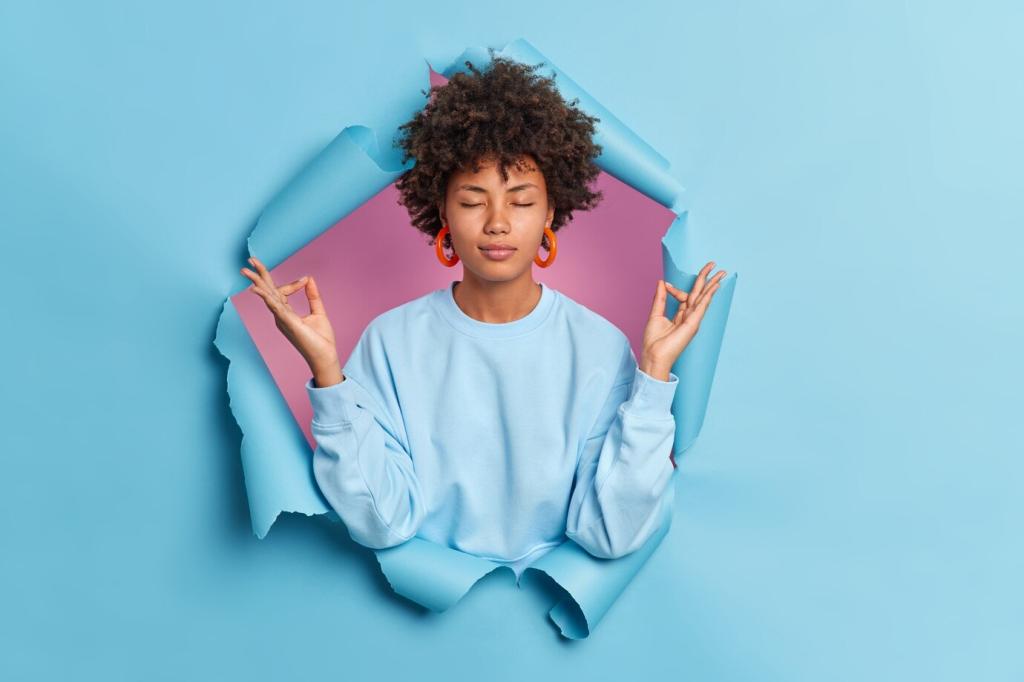Stories from Real Life
Maya used three-minute hand, jaw, and shoulder cycles between rounds. When alarms spiked her adrenaline, she anchored with breath and release. She now ends shifts clearer, recovering faster, and encourages coworkers to join her quiet reset.
Stories from Real Life
Jamal squeezed in PMR while the baby napped, starting with his clenched jaw and tight forearms. Ten minutes later, he felt steadier and kinder to himself. He texts friends a weekly reminder, building a tiny village of calm.
Stories from Real Life
Before finals, Lina practiced toe-to-brow PMR nightly. On test day, she discreetly released her shoulders and jaw between questions. She finished feeling present, not panicked, and now shares her routine with classmates who dread big exams.
Stories from Real Life
Lorem ipsum dolor sit amet, consectetur adipiscing elit. Ut elit tellus, luctus nec ullamcorper mattis, pulvinar dapibus leo.






